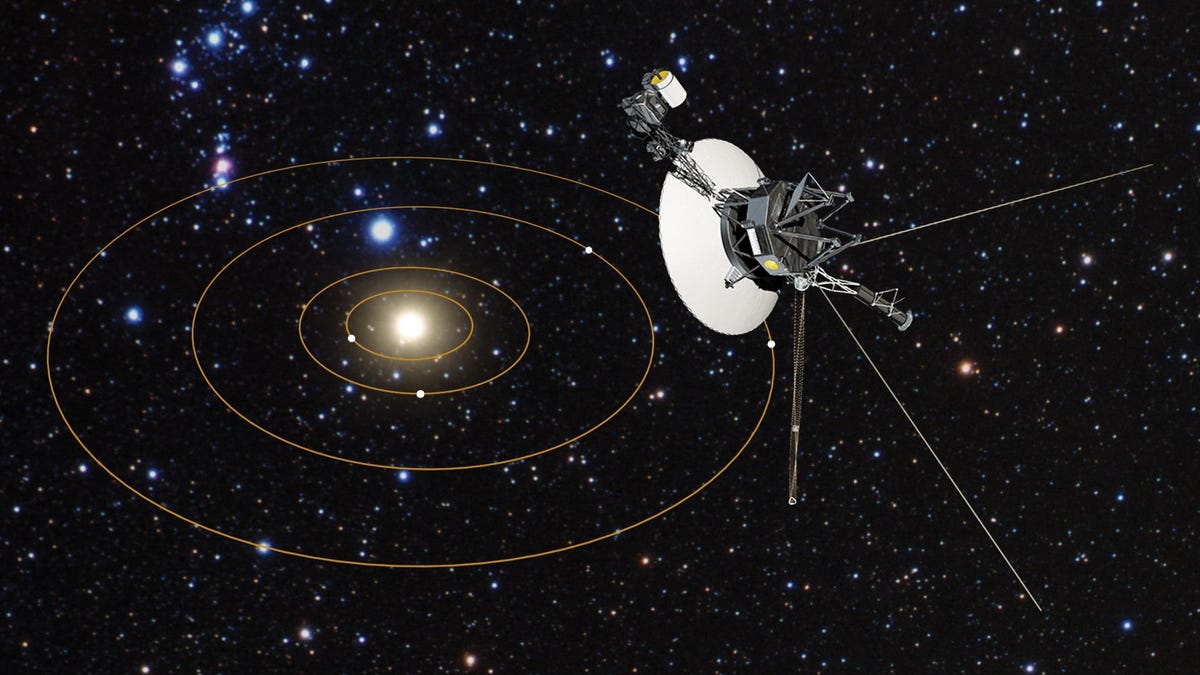Voyager 1 spent the last 47 years hurtling in a straight line away from Earth, exploring the deepest reaches of space that humanity has ever ventured. However, NASA must carefully manage Voyager 1 as the probe ages and slowly breaks down 15 billion miles away from the closest person. The most pressing dilemma is a rubber diaphragm deteriorating inside the fuel tank.
NASA’s Jet Propulsion Laboratory noticed in 2002 that the fuel tubes on a set of Voyager 1’s thrusters were clogged. It was discovered that the degrading diaphragm was clogging the tubes with silicon dioxide. Thankfully, Voyager 1 has three sets of thrusters: two sets of attitude propulsion thrusters and one set of trajectory correction maneuver thrusters. Back then, the space agency simply swapped from one branch of attitude propulsion to the other.
By 2018, the swapped thrusters’ fuel tubes were clogged with silicon dioxide as well. NASA then switched to the third set of thrusters. It was only a matter of time before those tubes would get clogged and that time came earlier this year. It should be noted that the clog didn’t completely cut off fuel flow; it was just heavily restricted. NASA planned to swap back to a set of attitude propulsion thrusters. However, the space agency can’t just hit a button to make the change. NASA explained in a statement:
But the spacecraft’s age has introduced new challenges, primarily related to power supply and temperature. The mission has turned off all non-essential onboard systems, including some heaters, on both spacecraft to conserve their gradually shrinking electrical power supply, which is generated by decaying plutonium.
While those steps have worked to reduce power, they have also led to the spacecraft growing colder, an effect compounded by the loss of other non-essential systems that produced heat. Consequently, the attitude propulsion thruster branches have grown cold, and turning them on in that state could damage them, making the thrusters unusable.
Engineers initially feared that they would have to turn off a scientific instrument on Voyager 1 for the necessary power to turn on a heater for the thruster. The concern was that the instrument wouldn’t turn back on. The agency decided to just turn on a heater for an hour without turning a corresponding device off, and it worked! NASA stated that the thrust branch swap on August 27 was successful.
Voyager 1’s mission will continue as long as NASA can communicate with the probe. Reaching out into interstellar space heavily depends on the thrusters still functioning so Voyager 1 can orient itself to face our tiny blue dot. While Voyager 1 completed its tour of the outer Solar System in 1986, it has since ventured out into interstellar space. If Voyager 1 can survive for three more years, reaching 50 years in operation would be a monumental accomplishment.

